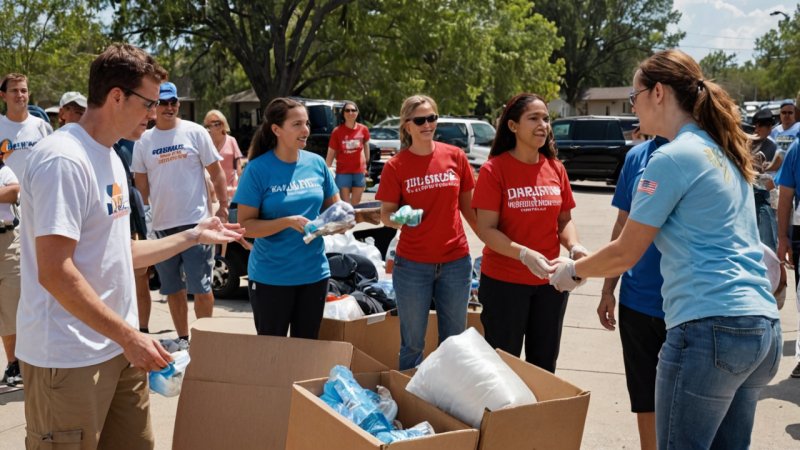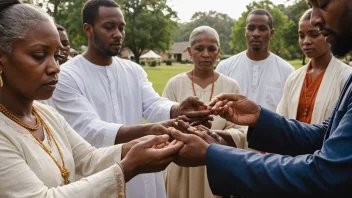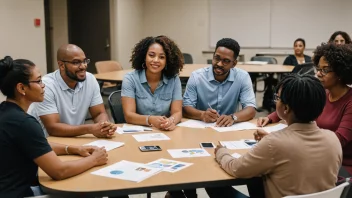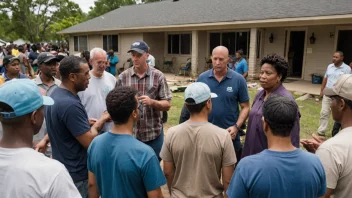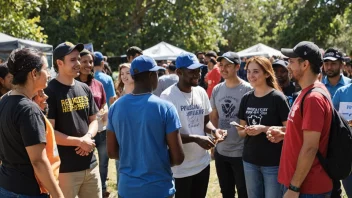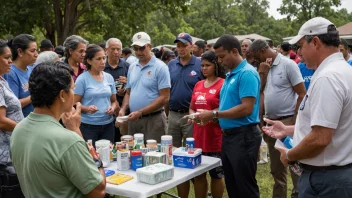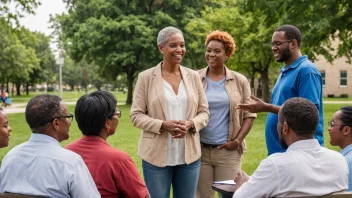Disasters can strike at any moment, leaving communities in disarray and individuals in desperate need of support. However, through effective disaster relief initiatives, lives can be rebuilt, and hope can be restored. This article explores several successful disaster relief initiatives that have made a significant impact, highlighting key strategies and the importance of community involvement.
One notable case is the response to Hurricane Katrina in 2005. The devastation was immense, but organizations like the American Red Cross and local community groups stepped in to provide immediate assistance. They set up shelters, distributed food, and helped families reconnect. Their efforts not only addressed the immediate needs of displaced individuals but also laid the groundwork for long-term recovery by engaging local volunteers in rebuilding efforts.
Another inspiring example is the response to the 2010 earthquake in Haiti. Various NGOs, including Partners In Health, mobilized quickly to provide medical care and essential supplies. What made their initiative successful was their focus on local partnerships. By collaborating with Haitian leaders and organizations, they ensured that the response was culturally relevant and sustainable, ultimately fostering a sense of ownership among the local population.
In recent years, the COVID-19 pandemic has presented unprecedented challenges worldwide. Organizations like Direct Relief have stepped up to provide medical supplies and support to healthcare providers in vulnerable communities. Their approach emphasizes the importance of global partnerships and transparency in supply chains, which has allowed them to respond swiftly to emerging needs while ensuring that resources are allocated effectively.
For individuals looking to get involved in disaster relief, there are several ways to make a difference. Volunteering time and skills can be incredibly impactful. Many organizations offer training programs that prepare volunteers for various roles in disaster response, from logistics to emotional support. Additionally, spreading awareness about ongoing relief efforts on social media can help mobilize more resources and volunteers.
It is also vital to advocate for policies that support disaster preparedness and resilience at the community level. Engaging in local governance and community forums can help ensure that disaster relief efforts are prioritized and that communities are better equipped to handle future crises.
In conclusion, successful disaster relief initiatives are built on collaboration, community involvement, and a focus on sustainable practices. By learning from past experiences and supporting local efforts, we can empower communities to not only recover from disasters but also thrive in their aftermath. Every individual has the potential to contribute to these initiatives, whether through volunteering, advocacy, or simply staying informed. Together, we can make a lasting impact in the lives of those affected by disasters.
